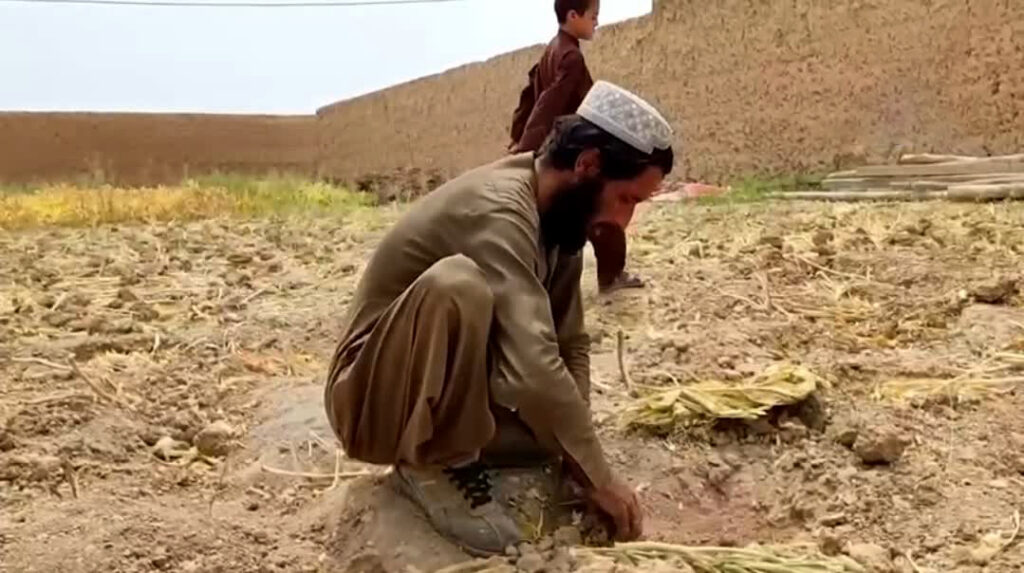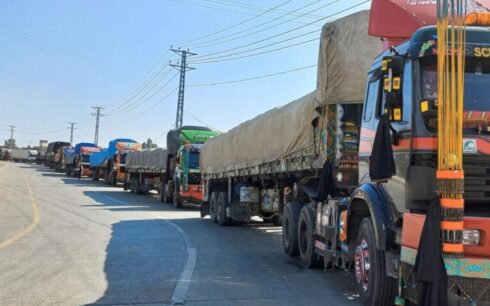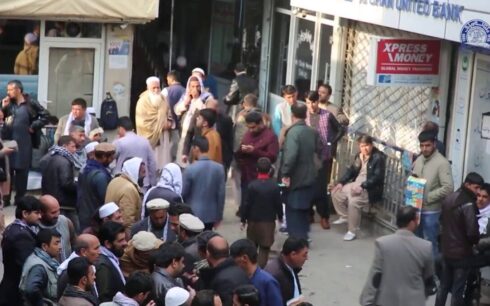A number of farmers in southern Helmand province of Afghanistan have turned to cultivating the ferula plant for asafoetida, in place of poppies.
One farmer, Noorullah, has cultivated asafoetida, or hing as it is locally known, on one acre of land in the Grishk district of the province. He said he invested nearly 200,000 Afghani ($2,300) into the crop and hopes to make a decent return once harvested.
Mohammad Nazir, a resident of Grishk, brought the ferula plant to Helmand from Tajikistan four years ago. Now, after four years of hard work he is starting to harvest the resin used to make asafetida.
The “hing juice” collecting process is quite tricky as the resin is obtained from the roots of the plant, and each worker earns $25 per kilogram that they collect.
Agricultural experts, meanwhile, said that Helmand’s climate is well suited to the cultivation of the ferula plant and that farming this plant can be very lucrative. They said farmers can earn up to three million Afghanis from one acre of land cultivated with the plant.

Hing needs four years to produce resin and the plant can live for up to 30 years. In this time, resin can be collected as many as 20 times.
Provincial officials of the Taliban, meanwhile, said that cultivation of hing is an alternative crop to poppies in a number of areas around the country.
However, Taliban officials in Helmand say that the cultivation of hemp is also a suitable alternative.
Asafoetida is used in cooking, especially in Indian cuisine, and its also widely used for medicinal purposes, particularly for digestive disorders and kidney stones.





